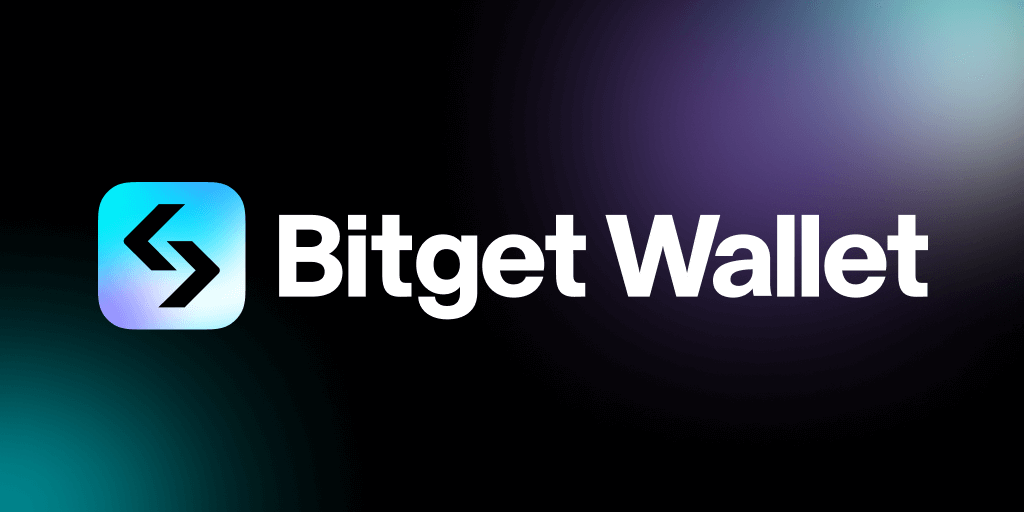Why Futures, Yield Farming, and Spot Trading Are Shaping Crypto Wallets Today
So I was thinking about how the crypto space keeps evolving, right? Futures trading, yield farming, and spot trading—they all seem like buzzwords floating around, but they actually shape how we interact with our wallets more than most folks realize. Seriously? Yeah, it’s wild how these trading strategies aren’t just abstract concepts anymore; they’re reshaping wallet tech itself. Here’s the thing: the lines between wallets and trading platforms are blurring fast.
Initially, I thought wallets were just safe places to stash your tokens. But then I started messing around with futures contracts and yield farming protocols, and wow, my perspective shifted. These activities demand more than just storage—they want real-time data, instant execution, and seamless multi-chain support. On one hand, it feels like the crypto world is pushing wallets to become mini exchanges; though actually, that’s not entirely bad.
Take futures trading. It’s this high-leverage game where timing is everything. Missing a market move by seconds can mean big losses or gains. I remember once trying to place a futures trade on a clunky wallet interface—ugh, what a nightmare. That’s why wallets integrating futures trading features natively are a game changer. They cut out the middleman, reduce latency, and keep your assets in your custody while trading. Something felt off about traditional exchanges holding your keys while you bet on price swings.
Check this out—

That volatility spike? That’s why you need a wallet that’s not just a vault but also a cockpit with all the controls at your fingertips.
Yield Farming: The Double-Edged Sword
Okay, let’s talk yield farming. It’s like the wild west of DeFi—super lucrative but also riddled with traps. Honestly, I’m biased, but this part bugs me. The complexity involved in managing multiple liquidity pools, staking tokens, and tracking rewards across chains is exhausting. You want your wallet to be a dashboard, not a spreadsheet nightmare.
My instinct said there had to be a better way. And that’s where integrated wallets step into the spotlight. They let you view, manage, and even optimize your yield farming strategies without hopping between apps. But here’s the catch: security risks skyrocket when your wallet is connected to so many protocols. So the challenge is balancing accessibility with bulletproof security.
Fun fact: some wallets now offer automatic compounding features that reinvest your earnings on the fly. That’s a neat trick, but it requires trust in the smart contracts and the wallet’s backend. Hmm… I’m not 100% sure how safe that is long-term, but for now, it’s an appealing convenience.
Spot Trading: The Foundation That Still Matters
Spot trading might seem basic compared to futures or yield farming, but it’s actually the backbone of crypto activity for most users. There’s a reason why spot markets have the highest volume. Simplicity, immediate settlement, and lower risk make it attractive. But here’s the thing—spot trading integrated in a wallet changes the game entirely.
Imagine executing a trade directly from your wallet without redirecting to an exchange. No extra accounts, no KYC hoops, just pure trading power at your fingertips. That’s why I’ve been digging the bitget wallet lately. It supports multi-chain spot trading alongside futures and staking features, which is pretty rare. Oh, and by the way, it does all this while you retain control of your private keys. That’s huge.
Something else: the user experience matters tons here. I’m not the type to tolerate lag or clunky interfaces when I’m trying to move fast in the market. The bitget wallet nails this balance of functionality and smooth UX. It’s almost like they built it with traders in mind but kept wallet security front and center.
So, What’s the Takeaway?
Honestly, I’m still wrapping my head around how integrated wallets will evolve next. On one hand, they’re becoming powerful hubs that blend futures trading, yield farming, and spot trading seamlessly. On the other, the more complex they get, the higher the risk if you don’t pick a trustworthy platform. My advice? Don’t just chase shiny features. Look for wallets that combine usability, security, and multi-chain support. The bitget wallet is a solid example worth checking out.
Here’s the kicker—there’s no one-size-fits-all in crypto yet. Your trading style, risk appetite, and patience for complexity will shape what wallet fits best. But if you’re active in futures and DeFi yield farming, you want your wallet to be more than a passive vault. It has to be a strategic ally.
So yeah, futures, yield farming, and spot trading aren’t just trading strategies anymore—they’re the forces shaping the very tools we use to navigate crypto. And honestly? That excites me. But also makes me a little cautious, ’cause with great power comes the need for great responsibility. And sometimes, wallets try to do too much, which can backfire… but that’s another story.




